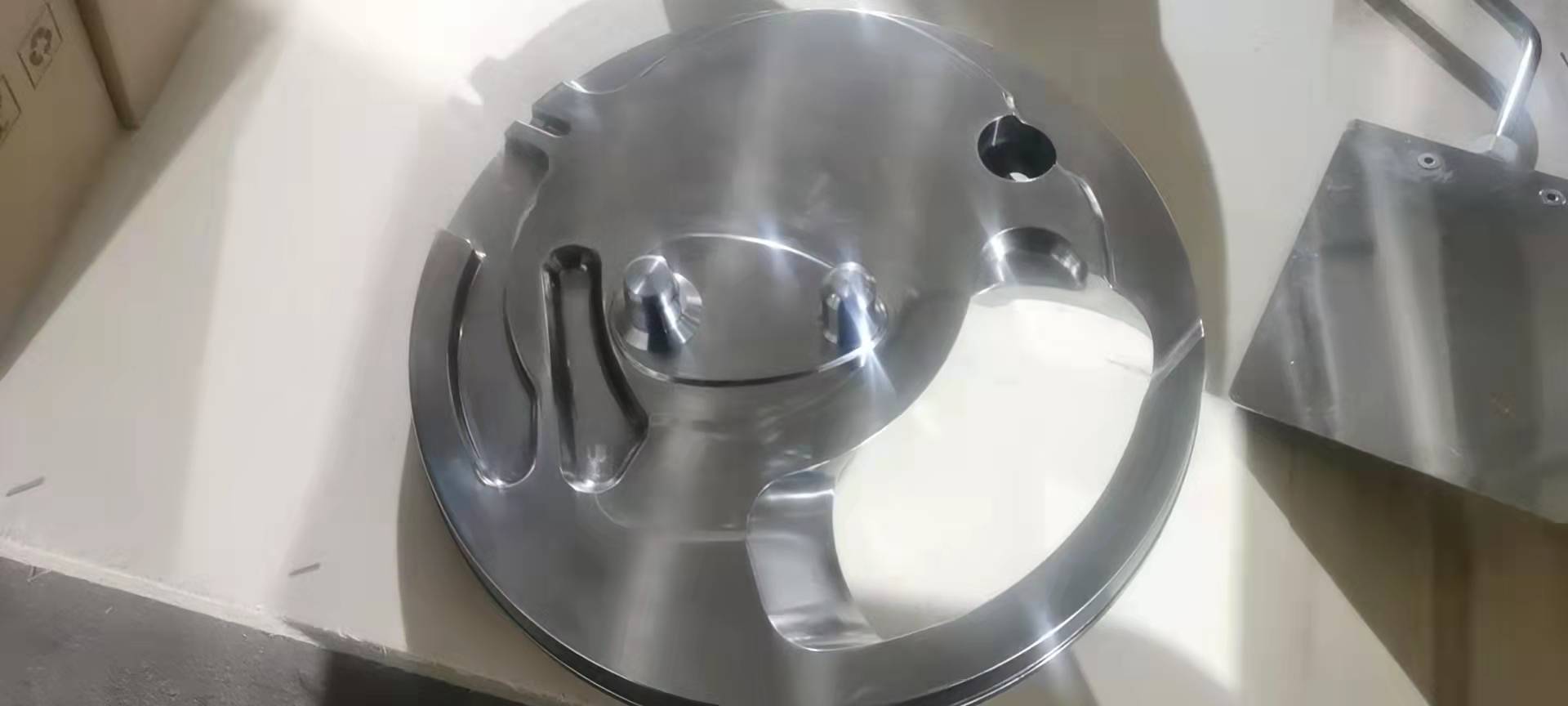
ඔක්. . 17, 2024 04:48 Back to list
Efficient Sausage Manufacturing Process Optimizing Production and Quality Standards
The Sausage Production Line A Marvel of Modern Manufacturing
In an era where automation and efficiency dominate the food industry, the sausage production line stands out as a remarkable example of engineering ingenuity. This intricate system seamlessly integrates multiple processes, transforming raw ingredients into delicious sausages that grace dinner tables around the world. Understanding the nuances of the sausage production line can shed light on the meticulous attention to detail required in food manufacturing.
The Components of the Production Line
At the core of any sausage production line are several key components that work in unison to ensure efficiency and quality
. These include raw material preparation, mixing, stuffing, cooking, and packaging. Each segment of the line is meticulously designed to handle specific tasks while maintaining the highest standards of hygiene and consistency.1. Raw Material Preparation The journey of sausage-making begins with the selection of high-quality meats, such as pork, beef, or chicken, along with various spices and fillers. The raw materials are received, inspected, and stored under strict sanitary conditions. This step is critical, as the quality of the raw ingredients directly impacts the flavor and texture of the final product.
2. Mixing and Grinding Once the ingredients are ready, they are ground to the desired consistency. In this stage, spices and other flavorings are added, ensuring that the mixture is evenly distributed. Advanced grinding machines can achieve precise particle sizes, enhancing the mouthfeel of the sausage. Quality control is paramount here; samples are often taken to ensure the blend meets the required specifications.
3. Stuffing The next phase involves stuffing the sausage casings with the prepared mixture. Modern production lines employ automated stuffing machines capable of handling large volumes with minimal waste. These machines can fill natural or synthetic casings with consistent weight. The stuffing process also plays an essential role in determining the sausage's shape and size, which can vary according to product type.
sausage production line

4. Cooking and Smoking After stuffing, sausages typically undergo a cooking process, which may include steaming, baking, or smoking. Cooking not only ensures food safety by eliminating harmful pathogens but also enhances flavor. Smoking adds a unique depth to the sausage, a tradition that has been passed down through generations. The cooking environment is monitored closely to maintain the appropriate temperature and humidity levels, guaranteeing a juicy, flavorful end product.
5. Cooling and Packaging Once cooked, sausages are rapidly cooled to prevent bacterial growth. Subsequently, they move on to the packaging stage, where they are vacuum-sealed or placed in modified atmosphere packaging to extend shelf life. Eye-catching packaging design and labeling also play an essential role in attracting consumers and providing product information.
Technological Innovations
In recent years, the sausage production line has witnessed considerable technological advancements. Automation and robotics have transformed traditional practices, allowing manufacturers to increase production rates while minimizing human error. Innovative monitoring systems using IoT (Internet of Things) technology help track equipment performance and product quality in real-time, ensuring consistency throughout the manufacturing process.
Moreover, companies are increasingly focusing on sustainability. Efforts are being made to reduce waste, recycle materials, and source ingredients locally. This not only resonates with eco-conscious consumers but also contributes to a healthier planet.
Conclusion
The sausage production line exemplifies the confluence of tradition and technology in food manufacturing. From the careful selection of ingredients to the sophisticated automation that streamlines production, every step in this process underscores the importance of quality and efficiency. As consumer preferences evolve, the sausage production industry will continue to adapt, integrating new technologies and sustainable practices while remaining true to the flavors and techniques that have made sausages a beloved staple in cuisines worldwide. Understanding this intricate production line allows us to appreciate the craftsmanship that underlies the humble sausage, reminding us of the journey from farm to fork.